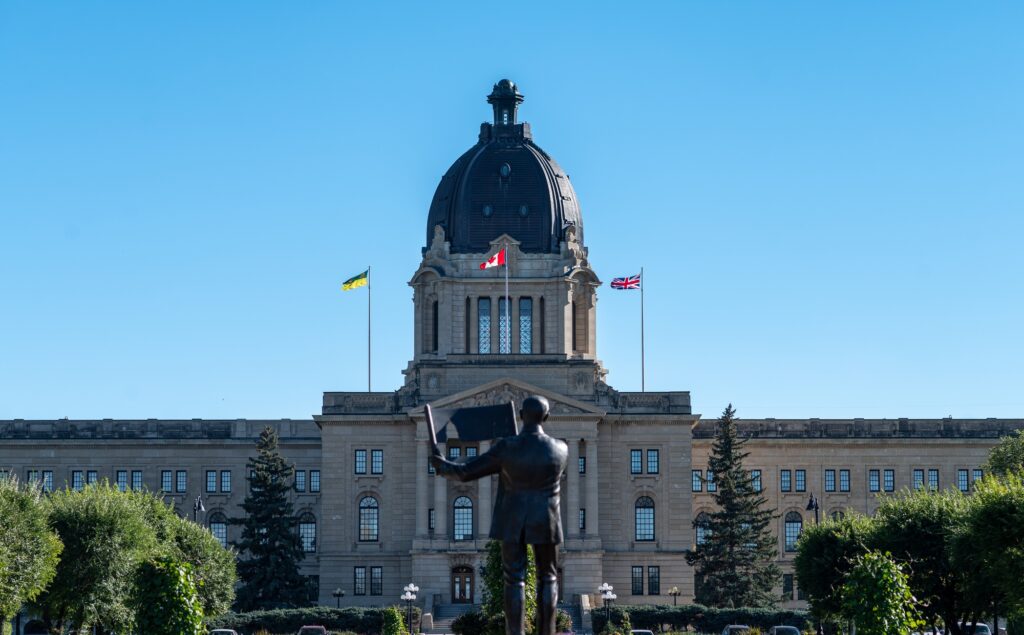Introduction
Canada’s healthcare system is facing a critical crisis, as federal immigration cuts threaten to worsen already dire staff shortages in hospitals, clinics, and long-term care facilities. With an aging population and increasing demand for healthcare services, the decision to reduce immigration allocations for skilled workers could have severe consequences for patient care across the country.
For years, Canada has relied on immigrant healthcare professionals to fill labor gaps, particularly in nursing, geriatric care, and rural medical services. However, recent immigration policy changes have drastically cut the number of newcomers eligible to work in these critical roles. With a projected shortage of 60,000 nurses and 30,000 doctors by 2030, Canada faces an urgent need to reassess its approach to healthcare staffing and immigration policies.
Key Takeaways
✔ Immigrant Healthcare Workers Are Vital: Canada has long depended on internationally trained nurses, doctors, and care aides to maintain its healthcare system. ✔ Immigration Cuts Threaten Staffing Levels: The government’s recent reduction in skilled worker immigration quotas means fewer trained professionals will be available to meet demand. ✔ Provinces Facing Critical Shortages: Regions like New Brunswick, British Columbia, and Ontario are experiencing significant immigration allocation reductions, worsening the strain on their healthcare systems. ✔ Impact on Patient Care: Longer wait times, increased staff burnout, and service disruptions are expected as hospitals struggle to fill essential positions. ✔ Urgent Need for Policy Revisions: Without a strategic immigration plan, Canada risks deepening its healthcare crisis, particularly in rural and underserved areas.
The Importance of Immigration in Canada’s Healthcare System
Canada’s public healthcare system has historically depended on skilled immigrants to provide essential services. Internationally educated nurses, doctors, and personal support workers make up a substantial portion of the workforce, especially in aging population centers and rural communities.
📌 Why is Canada Facing a Healthcare Shortage?
- Aging Population: More than 20% of Canadians will be over 65 by 2035, increasing the demand for medical services and long-term care.
- Healthcare Workforce Burnout: COVID-19 exacerbated stress and burnout among frontline workers, leading many to leave the profession.
- Insufficient Training Pipeline: Canadian medical schools and nursing programs cannot produce enough graduates to meet current and future demand.
- Dependence on Immigration: Over 30% of Canada’s healthcare workforce is made up of immigrants, yet policy shifts now restrict their entry.
Impact of Immigration Cuts on Provinces
The federal government’s decision to slash immigration allocations has placed several provinces in crisis. These regions have long depended on skilled foreign workers to fill gaps in healthcare.
📍 New Brunswick
- Immigration quota reduced from 5,500 to 2,750, making it harder to recruit nurses and long-term care workers.
- Shortages in rural hospitals are already delaying patient care and increasing workloads on existing staff.
📍 British Columbia
- The Provincial Nominee Program (PNP) allocation dropped from 8,000 to 4,000, directly impacting hospitals and elder care facilities.
- The government has warned that service disruptions will follow if urgent staffing issues aren’t addressed.
📍 Ontario
- The province, which expected higher immigration allocations, is now forced to rethink healthcare staffing strategies.
- Toronto’s healthcare system, already overwhelmed with demand, faces further stress due to lower international recruitment numbers.
The Consequences for Healthcare Services
📌 Longer Wait Times
- The shortage of healthcare workers will significantly increase ER wait times, surgical delays, and primary care appointment backlogs.
📌 Staff Burnout and Exodus
- With fewer healthcare professionals, existing staff will be forced to take on heavier workloads, leading to more resignations and retirements.
📌 Reduced Access in Rural and Underserved Areas
- Smaller communities rely on international medical graduates (IMGs) to provide care. Immigration cuts will leave many areas without adequate healthcare providers.
📌 Impact on Elderly and Long-Term Care
- Canada’s elderly population is growing rapidly, but there are not enough caregivers and nurses to meet demand, exacerbating nursing home crises.
Industry and Public Reactions
✔ Healthcare Organizations:
- The Canadian Medical Association (CMA) and Canadian Nurses Association (CNA) have called on the government to prioritize healthcare workers in immigration policy.
- Many hospitals are lobbying for special immigration exemptions to allow foreign-trained doctors and nurses to fill vacancies.
✔ Political Pressure:
- Opposition parties are demanding immigration reforms that support the healthcare sector.
- Some provincial governments are exploring independent immigration agreements with federal authorities to secure more skilled healthcare workers.
✔ Public Concern:
- Canadians are increasingly worried about longer healthcare wait times and the impact of staffing shortages on quality of care.
Potential Solutions & Policy Recommendations
🚀 Fast-Tracking Healthcare Immigration
- Creating a dedicated immigration stream for doctors, nurses, and personal support workers.
- Expanding the Express Entry system to prioritize medical professionals.
🚀 Reducing Bureaucratic Barriers for Foreign-Trained Professionals
- Simplifying credential recognition for internationally trained healthcare workers.
- Providing more funding for integration programs that help foreign professionals meet Canadian licensing requirements.
🚀 Increasing Provincial Autonomy in Immigration
- Allowing provinces greater control over skilled worker immigration quotas to address specific local healthcare needs.
🚀 Investing in Domestic Training Programs
- Expanding medical and nursing school admissions to produce more homegrown professionals.
- Offering scholarships and incentives to encourage students to pursue careers in healthcare.
Conclusion
Canada’s healthcare system is at a breaking point, and immigration cuts threaten to push it over the edge. As demand for medical services grows, the failure to recruit internationally trained professionals will only worsen staffing shortages, wait times, and patient care quality.
To avoid a full-scale healthcare crisis, the government must reconsider its approach to immigration and ensure that skilled healthcare workers can enter the country more efficiently. Without immediate action, Canada risks jeopardizing its world-class healthcare system and the well-being of millions.
#Canada #HealthcareCrisis #ImmigrationPolicy
Source – canadaimmigration.news










